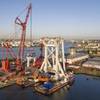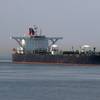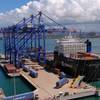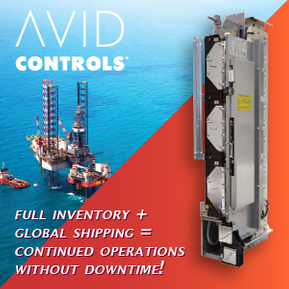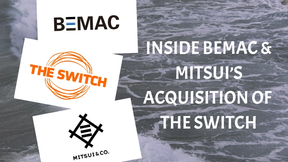Advisoty to Shipping for Panama Canal
The Panama Canal Authority (ACP) requires that all vessels navigating in Panama Canal waters comply with the manning requirements in order to guarantee a safe and expeditious transit or docking maneuver at the ports located at both ends of the Canal.
As established in the Maritime Regulations for the Operation of the Panama Canal, Chapter VI, Requirements Concerning the Crew, Section One, Vessels to be fully manned, Article 102, “A vessel navigating the waters of the Panama Canal shall be sufficiently manned to permit the safe handling of the vessel.”
In addition, “The crew must meet the standards set forth in the International Convention on Standards of Training, Certification and Watchkeeping for Seafarers, 1978/95 (STCW).”Article 103.1 (Annex) of the regulations requires transiting vessels to have sufficient seamen forward and aft to handle lines expeditiously during lockages, as well as when moored temporarily to lock walls or inside a lock chamber.
The Canal requires transiting vessels to provide, as a minimum, one officer and two seamen forward and after respectively. They are expected to operate winches simultaneously in order to assist during mooring operations, and handling of locks locomotive wires.
Article 108, Chapter VIII of the is regulation establishes sailing and collision prevention rules.
Specifically Rule 4establishes that, “Every vessel shall at all times while underway in the Canal and adjacent waters, maintain a proper lookout by sight and hearing, as well as by all available means appropriate in the prevailing circumstances and conditions, so as to make a full appraisal of the situation...The person acting as lookout shall have no other assigned duties, and shall report immediately all relevant and material information to the person in charge of the navigation of the vessel.” This is also a requirement of the STCW convention.
Noncompliance with these manning requirements may cause transit delays and the assessment of additional charges.



